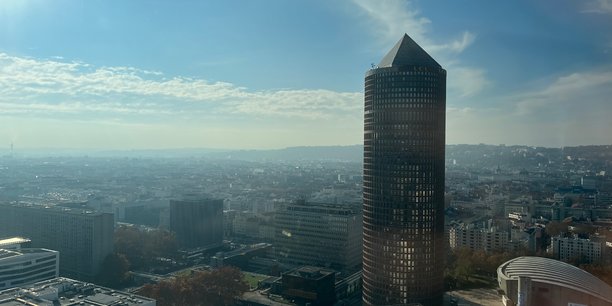This Wednesday, March 30, motorists will have to drive much slower in the streets of Lyon. The City goes from a speed limit hitherto applied in the city center of 50 km / h to 30 km / h.
Announced last year by the environmentalist executive, this measure aims to reduce accidents and “accelerate the well-being“, in the words of the EELV mayor, Grégory Doucet.
“There is a great fundamental movement concerning the speed limit in the city: Brussels, Oslo, London or Valencia have started it and we have thus seen their accident rate decrease”, continues the mayor. In France, Paris, Grenoble or even Oullins had already applied this limitation themselves.
In 2021, nearly 250 cities had already passed the milestone. Moreover, initial studies had focused on the subject, with still contrasting results: on the side of the expected benefits, Ademe had evaluated in a study whose lessons date back to 2014, however, that the results of the passage from 50 to 30 km/h on urban roads remained mixed, from the point of view of their impact on air quality. In particular, they required, according to Ademe, to take into account the impact of these measures on road congestion, with “ significant variations can be recorded depending on the types of zones chosen (with changes ranging from -40 to +30% for NO2 concentrations for example)”.
However, another study conducted by the center for studies and expertise on risks, the environment, mobility and planning (Cerema) on the generalization of a “peaceful city” system at 30 km/h since 2016 in Grenoble, in 43 of the 49 municipalities of the metropolis (i.e. approximately 80% of the road system in the 43 municipalities), evoked in 2020 the most -values with regard to a significant drop in speeds (“less than 5 km/h on average compared to the situation before the device”) but also “an accident rate which seems to be decreasing, in number and severity, and pedestrians particularly spared from accidents ” as well as a “decrease in motorized traffic between 2016 and 2018 (-9% light vehicles and -20% heavy goods vehicless) ».
For Lyon, the main argument used is not so much that of pollution but rather that of appeasement and the reduction of accidents : “In 2019, in Lyon, 17 pedestrians died on the road. It is the responsibility of elected officials to reduce these human tragedies“, completes Fabien Bagnon, vice-president of the Metropolis for roads and mobility.
84% of roads affected
Only a few major axes will thus remain at 50 km/h, such as avenue Berthelot, the right and left banks of the Rhône, avenue Garibaldi, boulevard des Etats-Unis, the tunnel of the Croix Rousse… In all, this 84% of Lyon’s roads go at 30 km/h, compared to 37% currently.
“More than 73% of the places where we have already recorded an accident will be in zone 30”, confirms Valentin Lungenstrass, deputy mayor in charge of mobility and public space.
Also, “meeting” zones at 20 km/h, where cyclists, pedestrians and motor vehicles mix, will also be introduced.
In terms of controls, the people of Lyon will have a pedagogical month of time to get used to these new regulations. The City plans to install new educational radars and is working in consultation with the Métropole and the Prefecture to install more control radars.
The total cost of the implementation of this new limit amounts to 3 million euros, including 250,000 for the City and includes the new signs as well as the study of re-adjustment of the lights.
No derogation for transport professionals
City buses will also be limited to 30 km/h except for those running on lanes physically separated from the rest of the road (Avenue Rosa Parks, Quai Jospeh Guillet and Cours Lafayette) while three new bus lanes will be created. Also, 130 traffic lights will be modified to give priority to certain bus lines.
Beyond accidentology, environmentalists also hope to reduce noise pollution and improve air quality with this measure, thus reducing braking and acceleration.
Contrary to the ZFE, no professional dispensation (except for transport relating to rescue and security) is provided for. “On a thirty-minute journey, it will only make a difference of one or two minutes”, according to Valentin Lungenstrass.
A measure that is seen within a wider range by the municipality EELV: “It’s a signal to change mobility and think of other ways of getting around“, defends the mayor of Lyon.
(published on 03/18/2022, updated on 03/30/2022)


